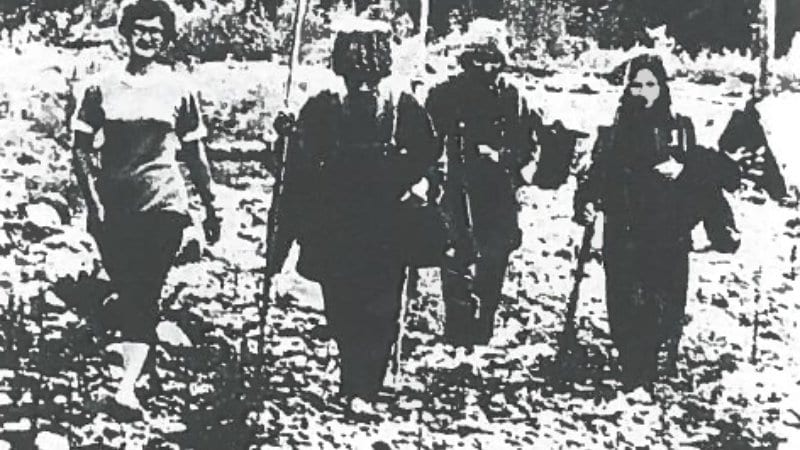In this day and age, it’s crazy to think that people are actually living off the grid. I mean totally off, where they subsist on their own crops, have zero contact with the outside world, and do not live as part of any particular community.
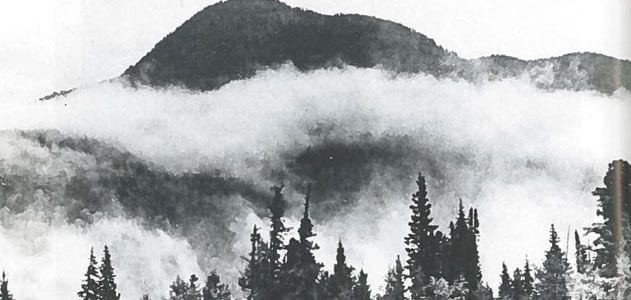
Photo Credit: Wikimedia Commons
Well, when you take into consideration that Siberia consists of 5 million square miles of mostly uninhabited (and barely livable) wilderness, it gets a bit easier. And that’s exactly where a team of geologists found the Lykov family living in seclusion in 1978.
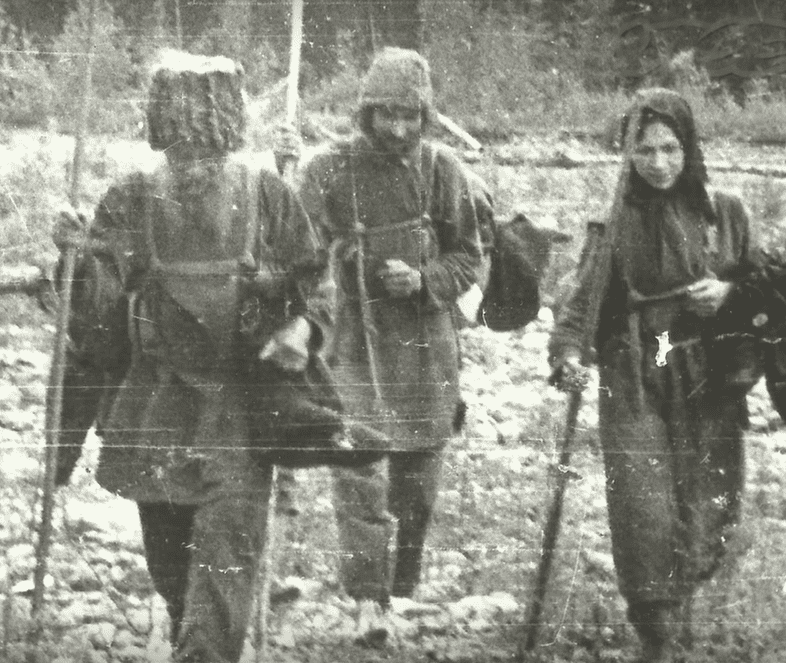
Photo Credit: Wikimedia Commons
The unsuspecting crew spotted the first signs of human habitation – a garden – from their helicopter and noted the position. Later, even though writer Vasily Peskov noted that “it’s less dangerous to run across a wild animal than a stranger,” the group decided to investigate. Geologist Galina Pismenskaya says that they “chose a fine day and put gifts in our packs for our prospective friends…though, just to be sure, I did check the pistol that hung at my side.”
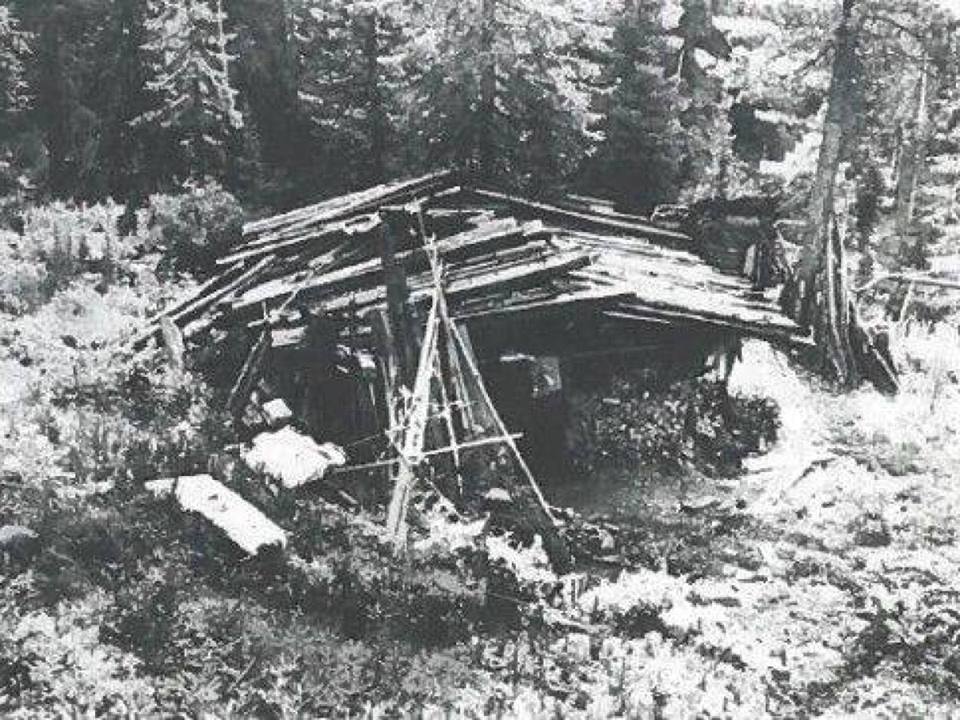
Photo Credit: Wikimedia Commons
They were 150 miles from the nearest settlement when they began to glimpse more signs of humans in the wild – a path, a staff, a log laid across a stream, and finally a small shed filled with dried potatoes. At last, a dwelling appeared and it was clear soon enough that their intrusion had not gone unnoticed.
“The low door creaked, and the figure of a very old man emerged into the light of day, straight out of a fairy tale. Barefoot. Wearing a patched and re-patched shirt made of sacking. He wore trousers of the same material, also in patches, and had an uncombed beard. His hair was disheveled. He looked frightened and was very attentive… We had to say something, so I began: ‘Greetings, grandfather! We’ve come to visit!’
The old man did not reply immediately. Finally we heard a soft, uncertain voice: ‘Well, since you have traveled this far, you might as well come in.”

Photo Credit: Wikimedia Commons
I can’t imagine that the geologists could have been prepared for what they were to encounter in one of the remotest parts of the world.
The cramped, musty dwelling consisted of a single room, built and reinforced with whatever its inhabitants had managed to scavenge from their surroundings. The hut was home to a family of five, and once the scientists realized they had frightened two daughters, they retreated outside and gave the family space to join them on their own terms. When the father and his two daughters ventured out, the scientists found them curious, among other things.
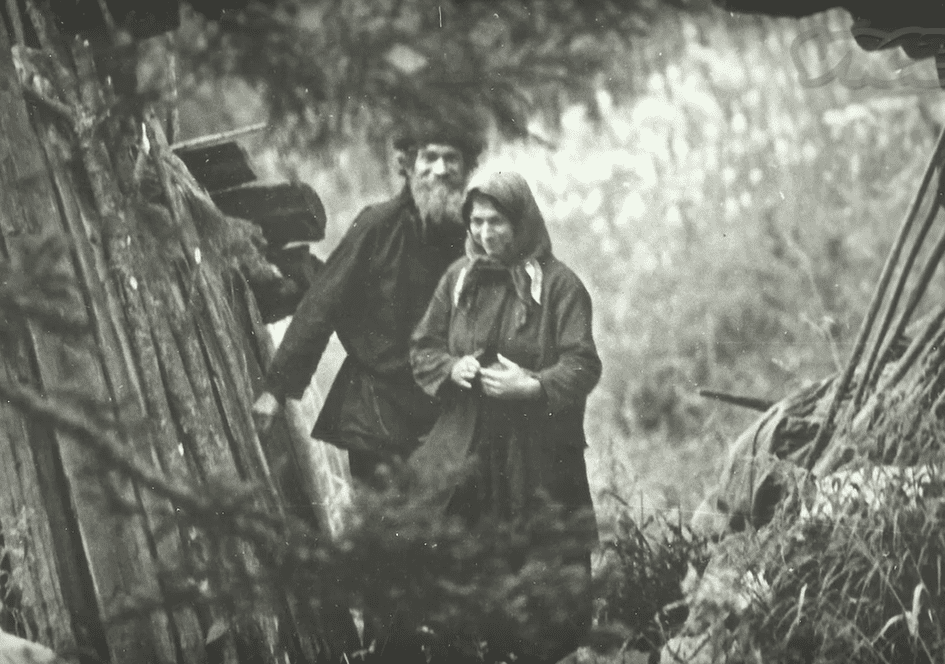
Photo Credit: Wikimedia Commons
As they learned more and more about the family, the story of how they ended up living alone on the taiga emerged. The old man, Karp Lykov, belonged to a sect of Christianity known as the Old Believers, a group that has worshipped since the 17th century and who have been persecuted since the days of Peter the Great. When the atheist Bolsheviks took power, life for the Old Believers got even worse, and most retreated to Siberia in an attempt to escape persecution in the 1930s. That had not even been far enough for the Lykov family – a Communist patrol shot and killed Karp’s brother as they knelt working together, and Karp responded by grabbing his family (then of 4) and disappearing into the forest.

Photo Credit: Wikimedia Commons
It was 1936, and they built their solitary lives with only a few possessions. They had two more children on the isolated tundra, a boy and a girl. Their mother taught them all to read and write using the Bible they had brought along, though their speech was strange to the geologists’ ears.

Photo Credit: Wikimedia Commons
Survival had not come easy. Most, if not all, of the possessions they had brought with them from civilization had long since rotted, rusted, or been left behind. Birch bark provided replacements for many things, and the taiga, when in bloom, did offer some sustenance like raspberries, pine nuts, and firewood.

Photo Credit: Wikimedia Commons
When their youngest son, Dimitry, came of age, he proved himself a decent hunter (without a weapon of any sort, even), and would occasionally manage to bring meat home. Even so, the family lived perpetually on the edge of famine, living off wet potato patties, ground rye, and hemp seeds.

Photo Credit: Wikimedia Commons
Agafia, the youngest daughter, recalled the late 1950s as “the hungry years” after animals ate most of their vegetable garden. Again, after a late snow in 1961, the family was forced to eat shoes and bark, and their mother died of starvation. The rest of the family survived after a single grain of rye sprouted in their pea patch, which they guarded day and night until they encouraged it into more, and more still.

Photo Credit: Wikimedia Commons
While the eldest son was reserved and something of a religious fanatic, Karp enjoyed learning of the changes that had taken place in the world since they had retreated from it nearly thirty years before. Agafia, the youngest daughter, was smart and had a sense of humor that endeared her to the geologists, but it was Dimitry who was most fascinated with the innovations of the outside world. They learned much from him, as well, as no one knew the taiga and how to survive it better than the young man.
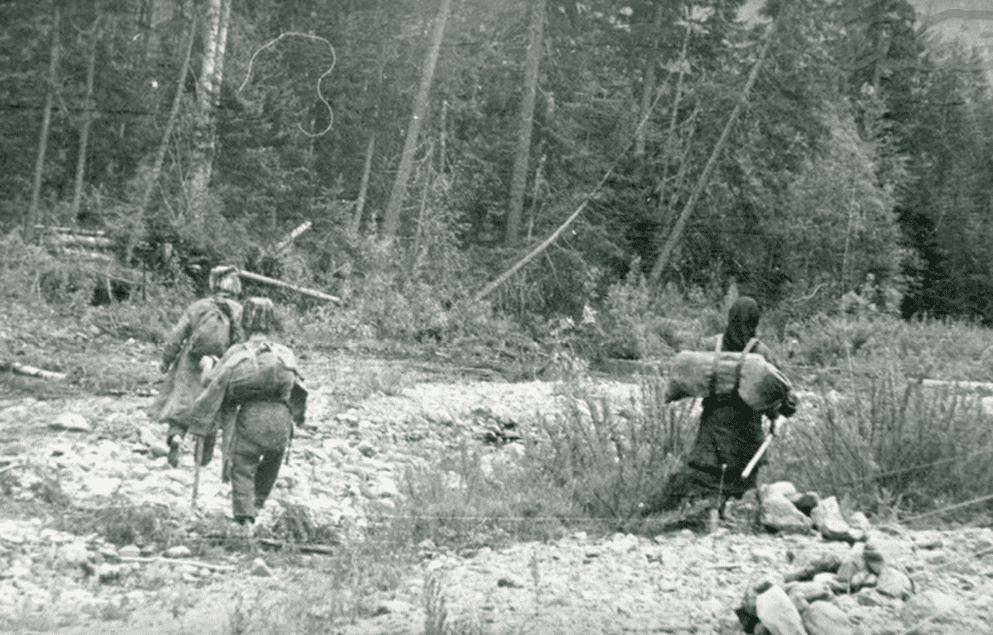
Photo Credit: Wikimedia Commons
As their relationship with the geologists bloomed over the years, the Lykov family found resisting all modern conveniences harder and harder. At first, all he would allow his family to accept was salt (which he had sorely missed), but as time wore on, they accepted help with planting and harvesting crops and accepted gifts like knives, forks, handles, grain, pen and paper, and even an electric torch. The one thing they loved, though, was the television at the geologists’ camp.

Photo Credit: Wikimedia Commons
“[It] proved irresistible for them…On their rare appearances, they would invariably sit down and watch. Karp sat directly in front of the screen. Agafia watched poking her head from behind a door. She tried to pray away her transgression immediately – whispering, crossing herself…The old man prayed afterward, diligently and in one fell swoop.”
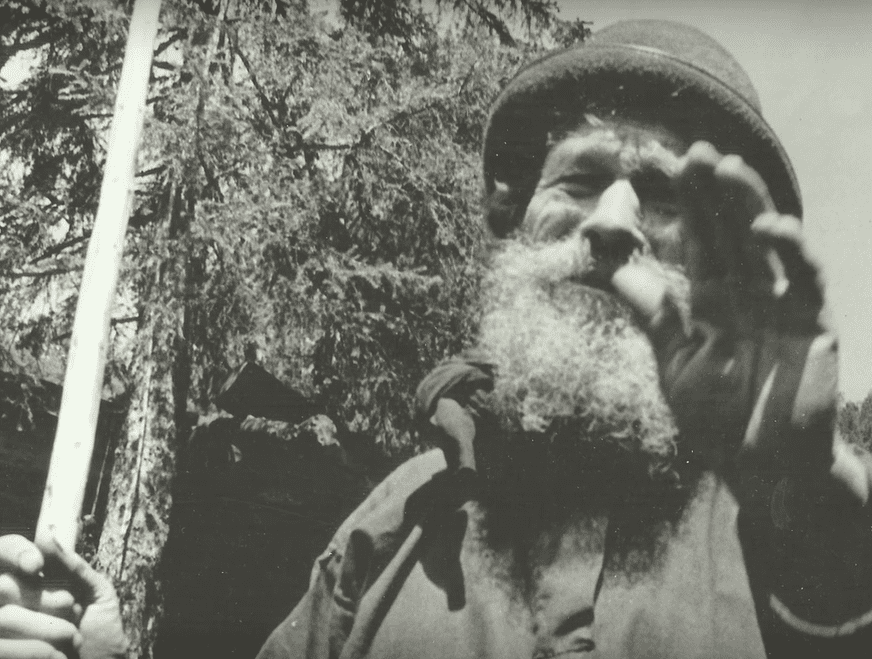
Photo Credit: Wikimedia Commons
Sadly, reconnection with the outside world did not prove advantageous for the family. Eldest son Savin and daughter Natalia both died of kidney failure in 1981, followed closely by their brother Dimitry, who perished from pneumonia. The geologists tried to save him, even offering to fly him to the hospital on their helicopter, but he refused.

Photo Credit: Wikimedia Commons
“We are not allowed that,” he whispered before he died. “A man lives for howsoever God grants.”

Photo Credit: Wikimedia Commons
Karp passed away in 1988, and now Agafia – born on the taiga and a resident her entire life – lives out there alone. She’s in her 70s, now, and (we presume) still at home in the wilderness.

Photo Credit: Wikimedia Commons
You can view a documentary on the family here if you want to know more!
If you liked that article, check out this video about another Russian mystery.

